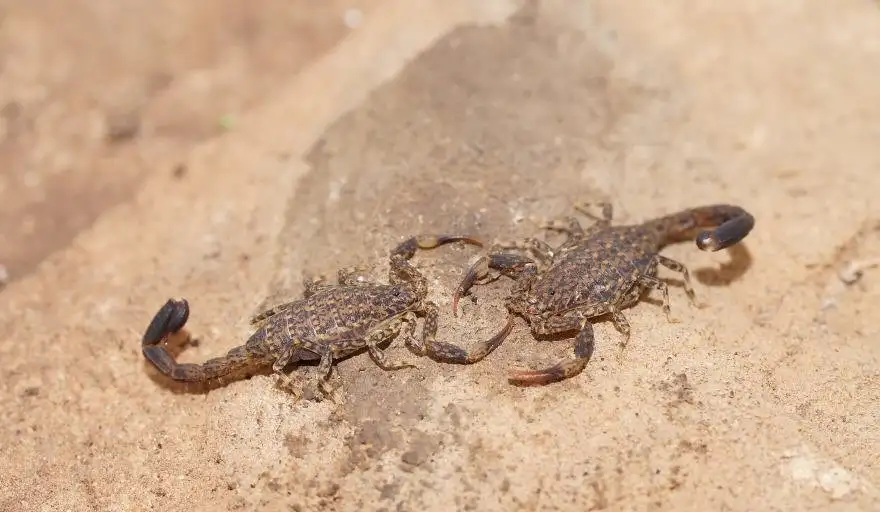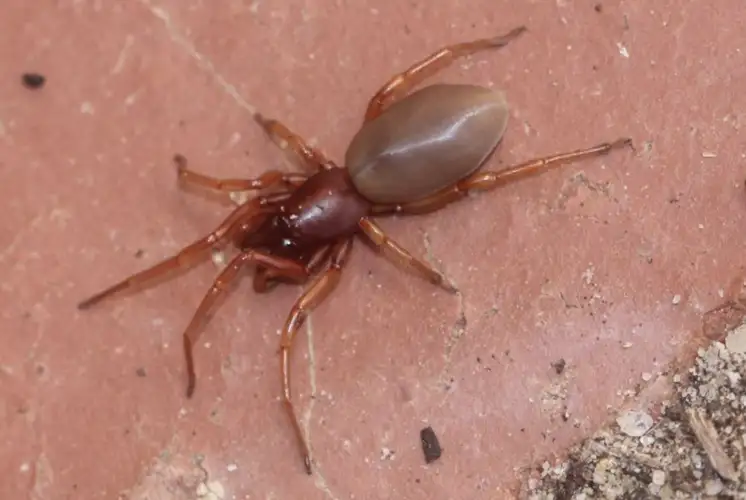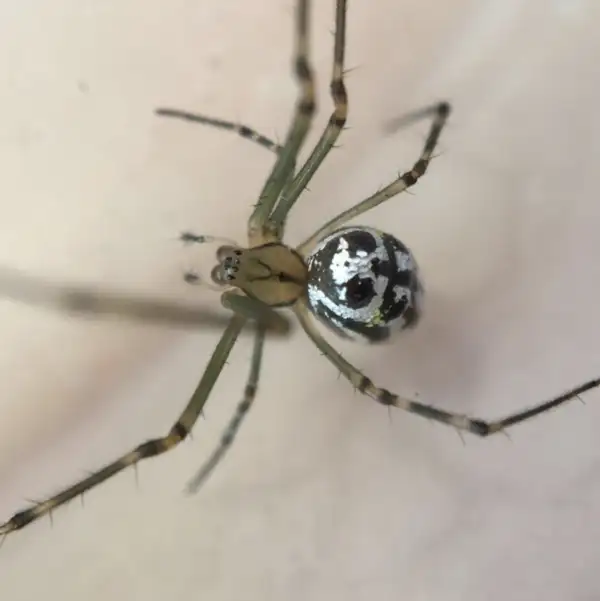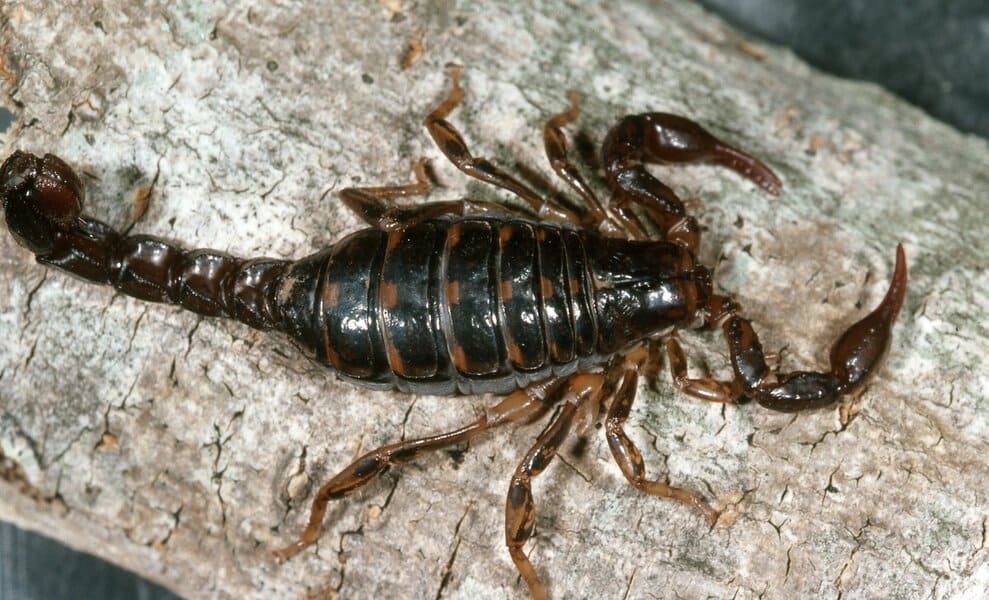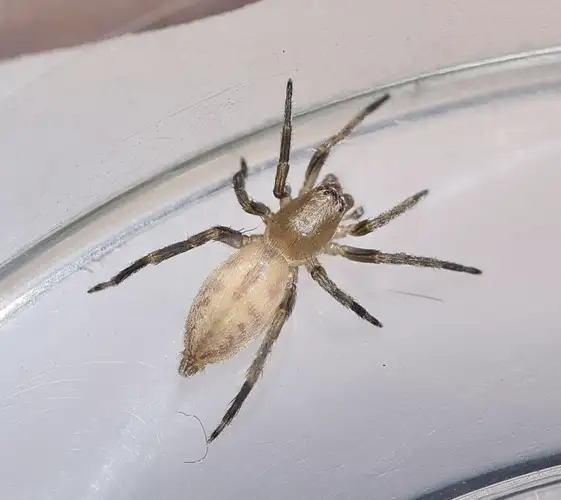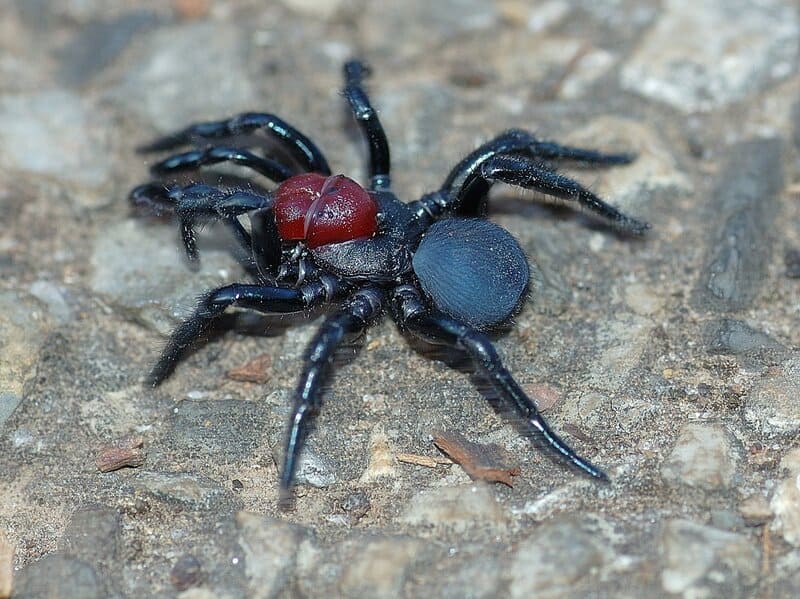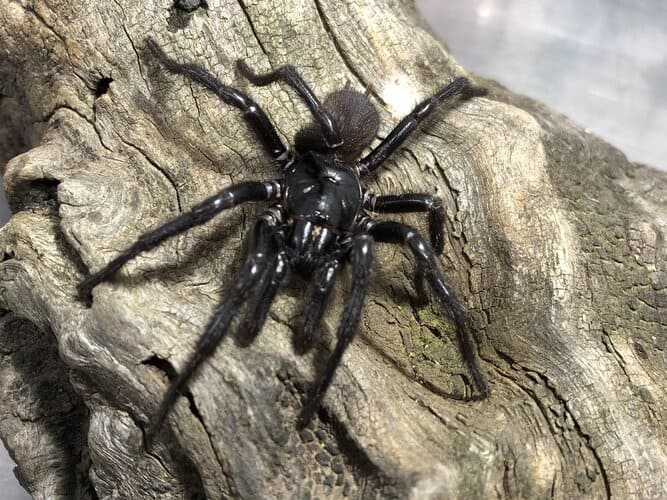Marbled Scorpion
IUCN
Not evaluatedBasic Information
Scientific classification
- name:Marbled Scorpion
- Scientific Name:Lychas marmoreus
- Outline:Arthropoda
- Family:Buthidae Lychas
Vital signs
- length:Adults about 30–40 mm in total length (including tail)
- Weight:On the order of a few hundred milligrams up to about 1 gram, depending on individual size
- lifetime:Approximately 4–8 years
Feature
Small Australian buthid scorpion with dark marbled pattern; nocturnal predator; sometimes enters houses.
Distribution and Habitat
Native to Australia; under stones, logs, bark and plant litter in forests, scrub and urban gardens, occasionally indoors.
Appearance
Light brown body with dark marbled markings; tail long and somewhat thicker than body, with a darker sting tip.
Details
The Marbled Scorpion commonly refers to small Australian scorpions with a mottled pattern, especially the Little Marbled Scorpion (Lychas marmoreus). These compact buthid scorpions have a distinctive dark-on-light marbled pattern and a relatively long tail, and are among the most frequently encountered scorpions in parts of southern and eastern Australia.
Basic Biology
Representative scientific name: Lychas marmoreus
Family & genus: Order Scorpiones, family Buthidae, genus Lychas
Size: Adults reach about 30–40 mm in total length (including tail), classed as small scorpions.
Life span: Captive and field observations suggest a life span of roughly 4–8 years.
Appearance
Marbled scorpions are typically yellow-brown to light brown with a dark brown, marbled patternover the back, legs and tail. The tail is proportionally long and often thicker than the body, with the sting and tail tip a darker brown. The marbled pattern provides camouflage among bark, leaf litter and soil.
Distribution & Habitat
The species is native to Australia and is widespread across much of the southern mainland, with related marbled species extending into northern and eastern regions. They inhabit eucalypt forests, woodland, scrub and urban gardens, usually sheltering by day under stones, logs, loose bark or plant litter, and they may occasionally enter houses.
Behaviour & Diet
Marbled scorpions are nocturnal predators. By night they leave their shelters to hunt for small invertebrates such as termites, cockroaches, beetles, ants and other arthropods. Using sensitive hairs and chemical cues, they locate prey, strike quickly with the tail and inject venom to subdue it before feeding.
Venom & Human Interactions
Like all scorpions, the Marbled Scorpion has venom glands and a sting used for defence and hunting. For healthy adults, a sting is usually described as very painful, comparable to or worse than a bee sting, with local swelling and discomfort that can last for several hours. In some people, especially those with allergies, more serious reactions may occur and medical advice should be sought.
The species is not regarded as life-threatening in normal circumstances, but any scorpion sting should be treated with caution, particularly in children, the elderly or individuals with known allergies.
Ecological Role
Marbled scorpions are important small predators in their ecosystems, helping to regulate populations of termites, cockroaches and other ground-dwelling insects. Around homes and gardens they occupy a borderline role as both potential hazard and natural pest controller. Understanding their behaviour and taking sensible precautions is usually better than attempting to eradicate them completely.
FAQ
Q1. How dangerous is the Marbled Scorpion?
Its sting is very painful and can cause several hours of local inflammation, but it is not usually life-threatening in healthy adults.
Severe or allergic reactions require prompt medical attention.
Q2. What should I do if I find one in my house?
Wear sturdy gloves, gently trap the scorpion under a glass or container, slide a stiff card underneath and release it outdoors away
from the house. Avoid handling it directly.
Q3. Where do Marbled Scorpions hide during the day?
They typically shelter under rocks, logs, bark, pot plants and other cool, dark crevices close to the ground.
Q4. Are they aggressive?
They are not usually aggressive and prefer to flee if disturbed, but will raise the tail and sting in self-defence if cornered or pressed.

